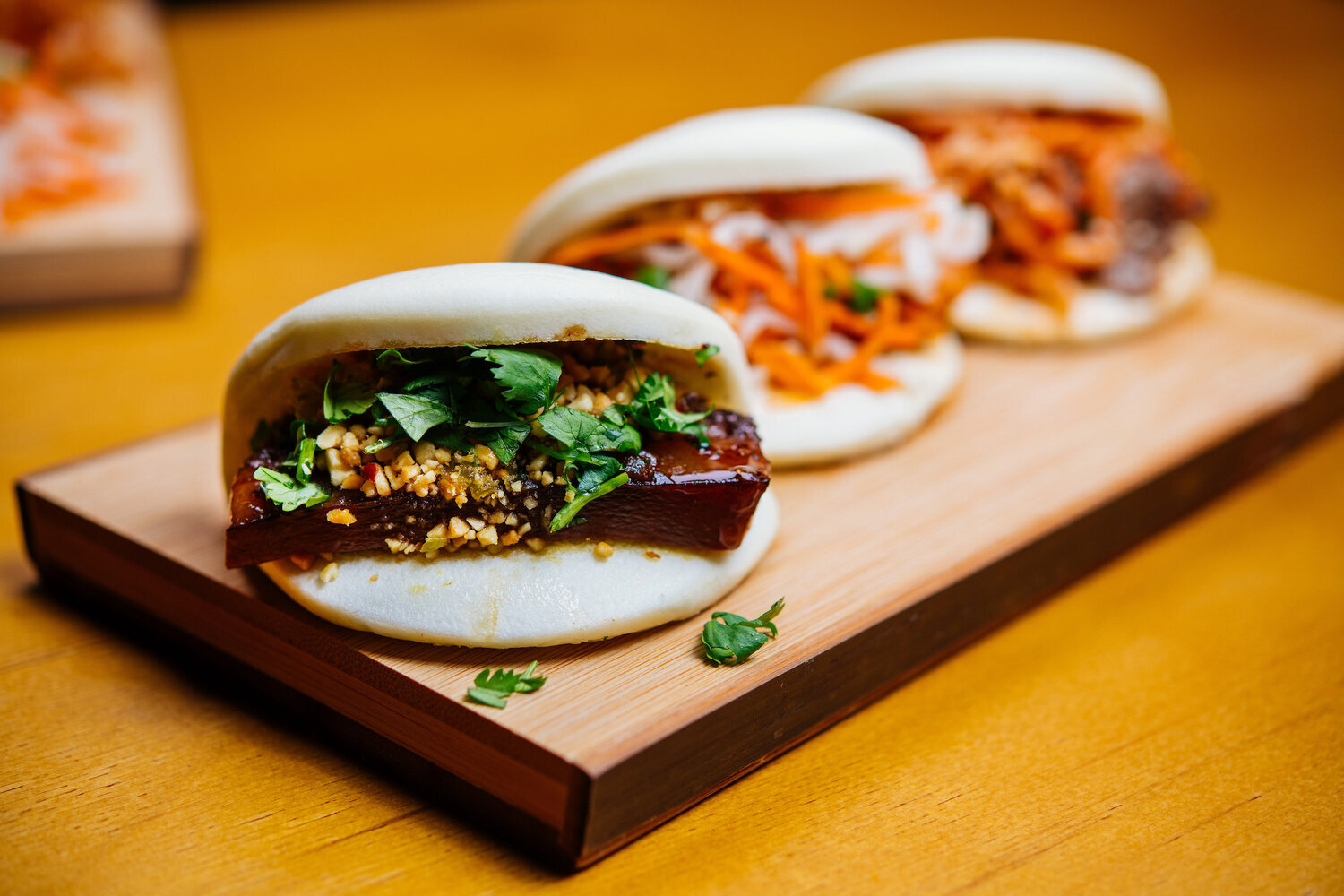Food Hall Math for the Food Purveyor
Is a food hall right for your food brand? Possibly. In this post, we’ll walk you through the questions you should ask and assumptions you can use to build a quick back-of-the-envelope financial model to determine if a food hall location might work for you.
In order to make accurate assumptions, you want to gather as much information as possible. Specifically, be sure to ask:
How much are the upfront charges?
These might include buy-in/setup, security deposit, working capital requirement, and/or other upfront charges. Ask and total them in your first meeting.
What are the use/recurring charges (i.e. Rents, CAMs, Taxes, Other Charges)?
Write them down clearly. Specifically note fixed charges (base rents) and variable charges (percentage rents) and bill backs (CAMs, Taxes, Insurance). Make three columns and list them in each.
What types of “guaranties” are required?
Are they requesting a “personal guarantee”? You should know this answer up front. This is a critical personal financial point.
Is there a list of “inclusions” and “exclusions”?
What are they? You will need this to realistically compare it to other options due to the amount of “shared features”. For example, some places include utilities, while others do not. That’s a big difference.
The last and optional question is what is the Average Unit Volume (“AUV”)?
This is the average annual sales of food purveyors in the food hall. If they don’t have an answer, assume $650,000 per annum for a well operated concept. Why $650,000? This is the global AUV in food halls across the US. Will you do better than that? Hopefully. But it’s best to underwrite your own business to this number for safety.
Optionally, you may not even need to ask this, since the responses are usually unsubstantiated. We’d typically suggest you run the math below three times (high, medium, low). Use the $650k as the medium scenario in most markets. If it’s a smaller market, a suburban location, or there are more than 14 vendors, $650k should be the high scenario. Use $650k as the low in New York or any market where the local population exceeds 3mm, AND the location has good visibility and access.
How much should I be selling?
The global AUV in food halls across the US is $650,000 per year per unit. Will you do better than that? Hopefully. There are several units in food halls that do 3 or 4 times this number in great locations, with a great product, great marketing, and plenty of traffic and visibility. In smaller markets, we find it is best to underwrite to this number.
Why should you ask these questions? You’ll be able to use the answers to build a high-level model. We’ve made some general assumption to help make calculations. These are NOT necessarily indicative of an average deal. Here’s the math:
Assumptions (as a percentage of sales):
Labor: 26%
Food: 24%
Food Hall Charges: _____ (you’ll calculate this based on the answers to the questions above, see below for how to do this)
Disposables: 3%
Total before Food Hall Charges: 53%
Now, we’re going to assume the following base deal (this is where you can enter in the information you gathered):
Column 1: Up Front Charges
Security Deposit: $15,000
Working Capital: $20,000
Supplies Equipment: $11,000
Decor, Signage, Uniforms: $2,500
No Buy-in
Total Upfront Risked Capital: $48,500
Column 2: Recurring charges
Base Rent: $8,000 per month
Percentage Rent: 10%
Other Charges (CAMs, Taxes, Insurance): $2,000 per month
Inclusions:
Property Taxes
Property Insurances
Utilities
Internet
Total Recurring Charges $10k per month, plus 10% of sales
RESULTS:
At a Low Sales assumption of $550,000 per year:
Labor: 26%
Food: 24%
Food Hall Charges: $120k + $55k = $175k (31.8%)
Disposables: 3%
Total before Food Hall Charges: 53%
Total after Food Hall Charges: 84.8%
Net Income: $76,000 (15.2% Net Margin)
At a Medium Sales figure of $650,000 per year:
Labor: 26%
Food: 24%
Food Hall Charges: $120k + $65k = $185k (28.4%)
Disposables: 3%
Total before Food Hall Charges: 53%
Total after Food Hall Charges: 81.4%
Net Income: $120,900 (18.6% Net Margin)
At a High Sales figure of $850,000 per year
Labor: 26%
Food: 24%
Food Hall Charges: $120k + $85k = $205k (24.1%)
Disposables: 3%
Total before Food Hall Charges: 53%
Total after Food Hall Charges: 74.4%
Net Income: $217,600 (25.6% Net Margin)
Obviously, if you do more volume than this (and many do) the numbers get even better. Conversely, if you aren’t averaging $1,000 a day in sales, it’s going to be tough, and you may need to consider that you do not have a product that fits the market or that there is another fundamental retail flaw.
With this information, you can understand the upfront capital at risk with this project and the potential returns of a stall in this food hall. Then you can make an informed decision of the risks and financial rewards of bringing your brand to a food hall.
Politan Group specializes in operating food halls, bars, and bars within food halls. We also provide remote accounting, HR, and administration for food halls. Finally, we provide fractional management services for existing food halls where a team needs a leadership group that understands the business of food halls. If you are thinking of building a food hall or need help with an aspect of a food hall you already own, reach out to us. Politan is the most-awarded food hall operator in the industry.

